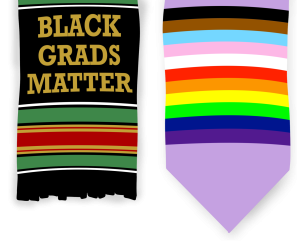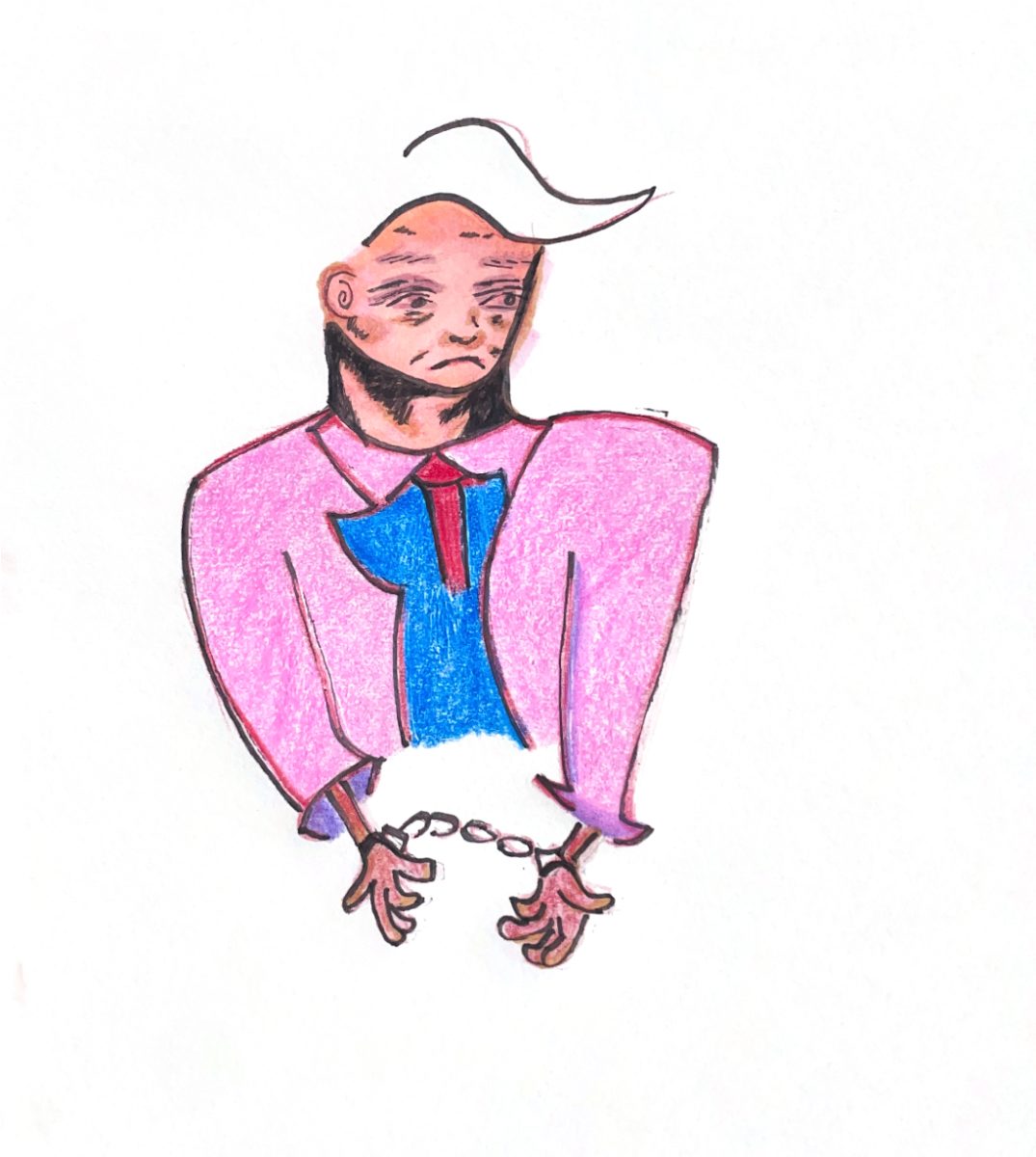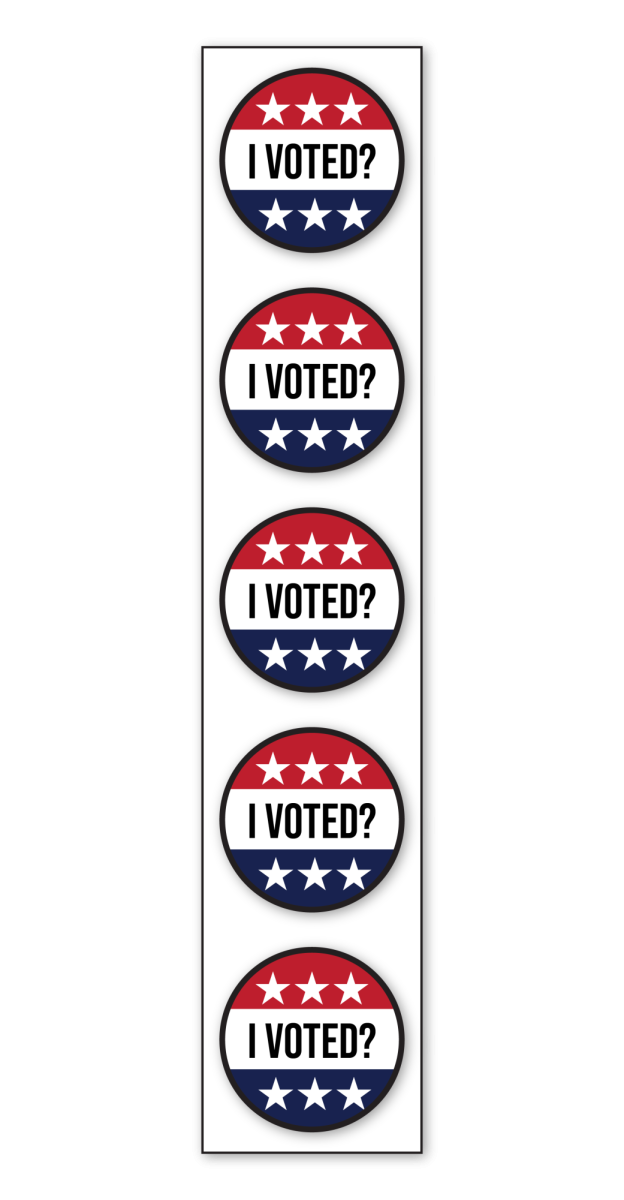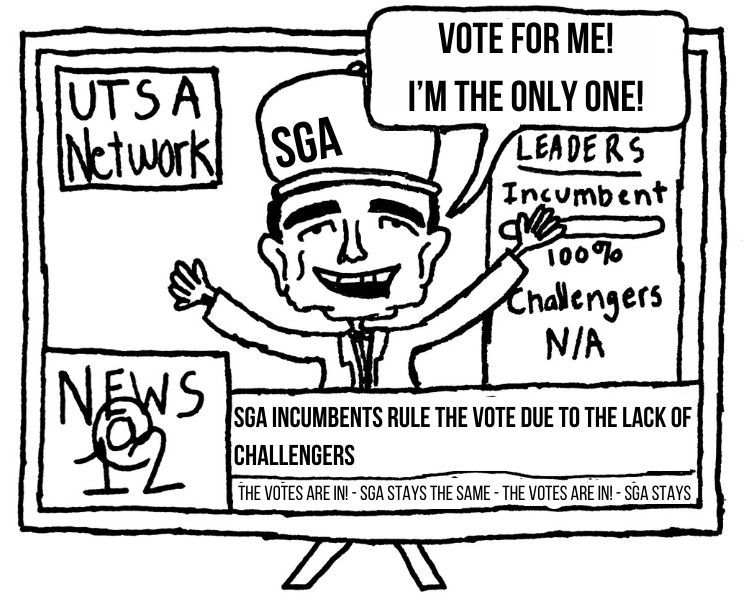On April 12, 2011, America began the 150th anniversary remembrance of its Civil War at Fort Sumter in Charleston, South Carolina where the War between the States began in 1861.
By the time the war ended with the surrender of the Confederates at Appomattox Courthouse, Virginia, in April 1865, more than 600,000 Americans on both sides of the conflict had been lost in battle. No other war in American history has been as deadly or as polarizing, before or since.
The Civil War has been over for nearly 150 years and the last of its veterans have long since died, but the war’s ramifications have stayed with us to this day. The legacy of the war is how its retelling has reflected the different eras of American history.
The telling of the Civil War must be adjusted for many different ears, but this adjustment means that some aspects of the war are washed over while other aspects are still clouded by regional lenses.
The Civil War is still a touchy subject as evidenced by the controversy that was touched off in April 2010 when the Texas State School Board approved changes to its social studies standards.
Among these changes were listing the causes of the Civil War as sectionalism, states’ rights and slavery. This caused a national outrage among educators and politicians who saw it as Texas trying to slide the dark history of slavery under the proverbial rug.
The board defended their decision, as board member Patricia Hardy told the publication “Education Week” in April 2011, “If we put it first, we get criticized; if we put it last we get criticized.”
In addition to the controversy over the causes of the war, the state board was also criticized for wanting students to study the inaugural address of Confederate President Jefferson Davis alongside the two inaugural addresses and Gettysburg Address of Union President Abraham Lincoln.
It was a good idea by the state board to have students read Davis’ address because in it he laid out the reasons for the southern secession but he did not mention slavery or the spread of slavery once in the address.
It is imperative that students be taught both sides of the conflict. Even though, in the end, the South was defeated, their story teaches lessons that can be heeded to this day, lessons like the dangers of too much national pride and what can happen when bad politics replace respectful debate and mutual willingness to compromise.
What is often forgotten about the Civil War is that while slavery was an aspect of southern life, both North and South were racist towards the African Americans and other immigrant groups like the Irish. It’s a negative side of American history but it is a side that needs to be taught.
The North and South were both guilty of terrible things during the Civil War; the South had slavery, while the North had the discrimination against the Irish and other immigrant groups.
Both North and South had their wrongs during the Civil War but to only teach one side is to do dishonor to victims on both sides of the conflict.
To only teach bits and pieces of the war is to say that one side was right and the other was wrong when in fact both sides were right and wrong.











